Reflecting on the Next Louis Poulsen Icon, as It Celebrates 150 Years
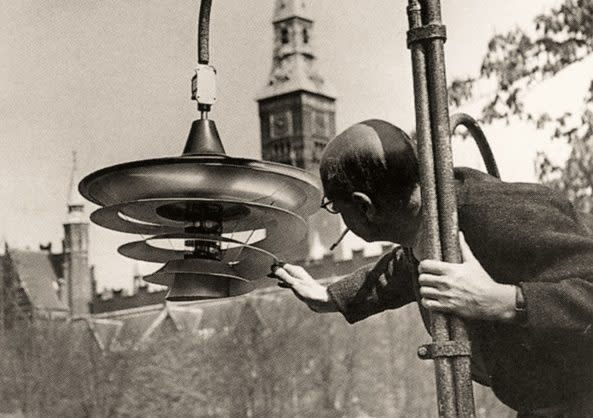
MILAN — Few know that Louis Poulsen started to approach its zenith during a time when the Danish people were still reading by the light of kerosene lamps.
On a global scale, the brand’s PH Artichoke lamp, a futuristic chandelier with an anti-glare system fashioned in an organic array of industrial petals, is one of the most recognizable lamps in the world. Placed in luxury hotels and restaurants and even in TV series, including “And Just Like That,” one can’t help but notice how contemporary it is, despite having been created in 1958.
More from WWD
As the company reaches 150 years in business, chief design officer Monique Faber said the secret to the brand’s next 150 years of success has been written in the past.
“It’s both a curse and a blessing, because, of course, a lot is expected when we introduce new designs. We care a lot about whether they fit into our history, our design and our quality level. But we need to look ahead, and we need to move on while respecting our history, but also with new silhouettes, with new designers,” she said.
During the 11th edition of 3daysofdesign in Copenhagen, which ends Friday, the lighting firm is celebrating 150 years of business with an exhibit named “A Heart of Light.” Designed by Scandinavian artists Oliver Sundqvist and Frederik Nystrup-Larsen, the installation explores the essence of the PH Artichoke, piece by piece. In addition, Louis Poulsen has also released a coffee table book with Phaidon, written by TF Chan, called “The First House of Light.” The book is comprised of seven chapters, never-published-before photos and historical anecdotes.
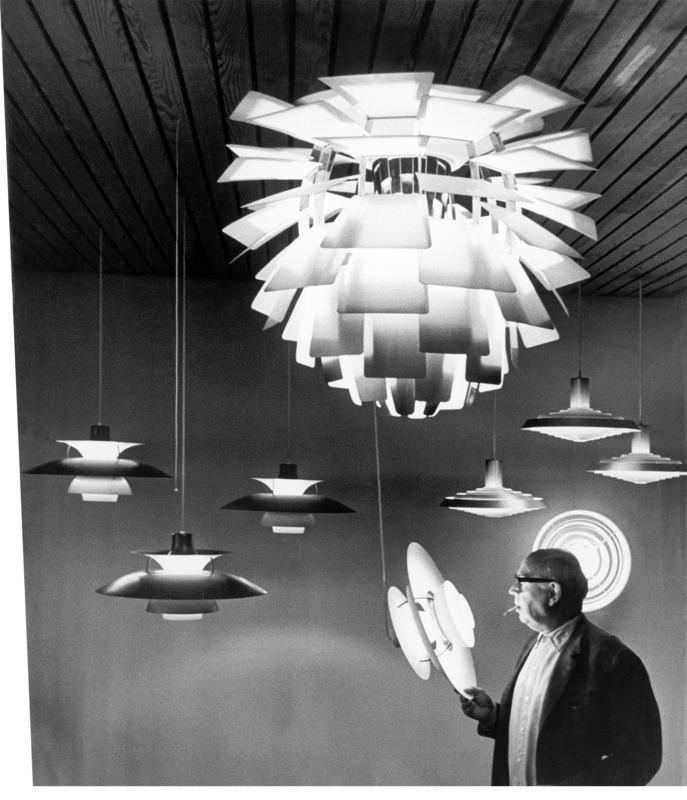
The manuscript takes the reader on a journey through the firm’s curious history. It was initially established in 1874 by Ludvig R. Poulsen as the Copenhagen Direct Wine Import Company. When Copenhagen’s second power station was inaugurated in 1892, Poulsen decided to open a shop that sold tools and electrical supplies, which was later spearheaded by his nephew Louis Poulsen. Things really started to change in the 1920s when designer, architect, writer and activist Poul Henningsen came into the fold and created a three layer method to assuage his aversion to glare. The PH lamp as it came to be is still one of its best sellers and was the predecessor to the artichoke, which would come to life over three decades later.
Henningsen was later joined in Louis Poulsen’s design history by Danish designers and architects Vilhelm Lauritzen, Arne Jacobsen and Verner Panton, and modern ones like Olafur Eliasson and widely acclaimed architect Anne Boysen. These modern minds propelled the establishment of showrooms in Oslo, Tokyo, Singapore, Dusseldorf and, most recently, New York City.
So what unites all of these designers together, as torch bearers of one of the most unique design aesthetics in the industry? Faber says it comes down to geometry.
“If you really look into the history, you can say they are all made with a very geometrical approach, with the circle, with the cylinder, with the cone, everything being composed in in such a cool modern kind of midcentury way,” she said. While Henningsen’s popularity never seemed to fade, Oki Sato the founder of Nendo Design Studio in Japan, is one such modern-day contributor that carries on the Louis Poulsen tradition seamlessly with models like the NJP table lamp, a simple, yet modern interpretation of the classic architect’s lamp with led units.
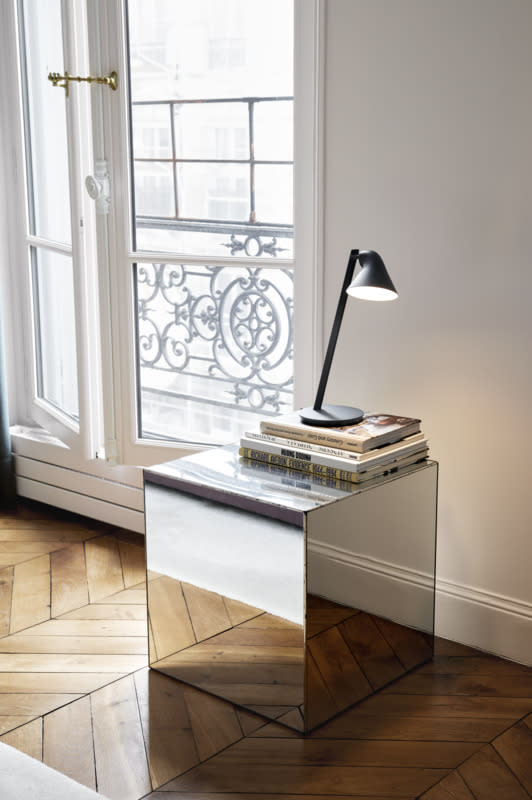
Another example, she points out, is the Patera pendant designed by Danish designer Øivind Slaatto in 2015 and launched as an intricate take on the classic chandelier with a mathematical Fibonacci sequence-based structure providing a different impression from every vantage point.
“Hopefully these will be all become classics of the future,” she added. Following the massive success of the NJP series, Louis Poulsen will launch a new lamp with Sato in an unexpected format for fall 2024.
Louis Poulsen has also been testing the waters with collaborations. Fendi Casa produced a yellow (Fendi’s signature color) glass version of the Artichoke lamp in 2023. Fendi Casa and Louis Poulsen are both owned by Flos B&B Italia Group (formerly called Design Holding) which also comprises fellow lighting brand Flos, B&B Italia, Lumens, Arclinea, Maxalto, Azucena and Audo Copenhagen.
New York-based glassmakers Breanna Box and Peter Dupont of Home in Heven unfurled devilishly fun one-off creations during 3daysofdesign last year, which culminated in a charity auction in March. “It was quite successful. This whole idea of really cherishing and celebrating craftsmanship that we use in our design is really important to us,” she said.
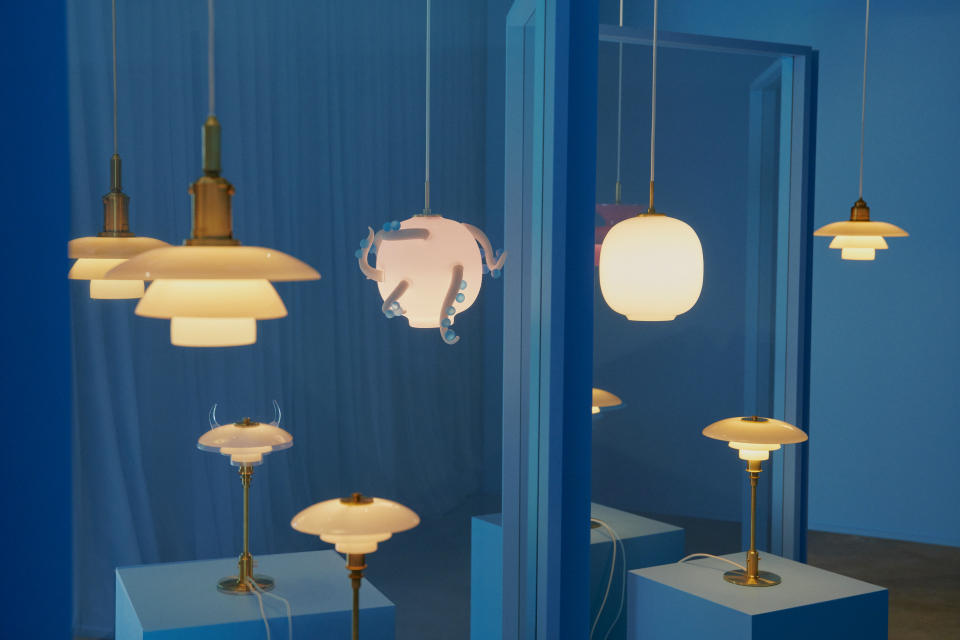
Reflecting on the success of the exhibit and the PH Artichoke, which some refer to as the Cartier of lamps, she recalled how Henningsen designed it for a restaurant in the modern and minimalistic Langelinie Pavilion in Copenhagen — unbeknownst to him, it impacted the future of Scandinavian design and became a status symbol the world over.
“We continuously challenge our understanding of light and design by exploring the essence of exceptional lighting and how we connect the work of past masters with that of contemporary designers and the next generation. Gaining new perspectives through art is incredibly enriching, and we are delighted to share this experience,” Faber concluded.
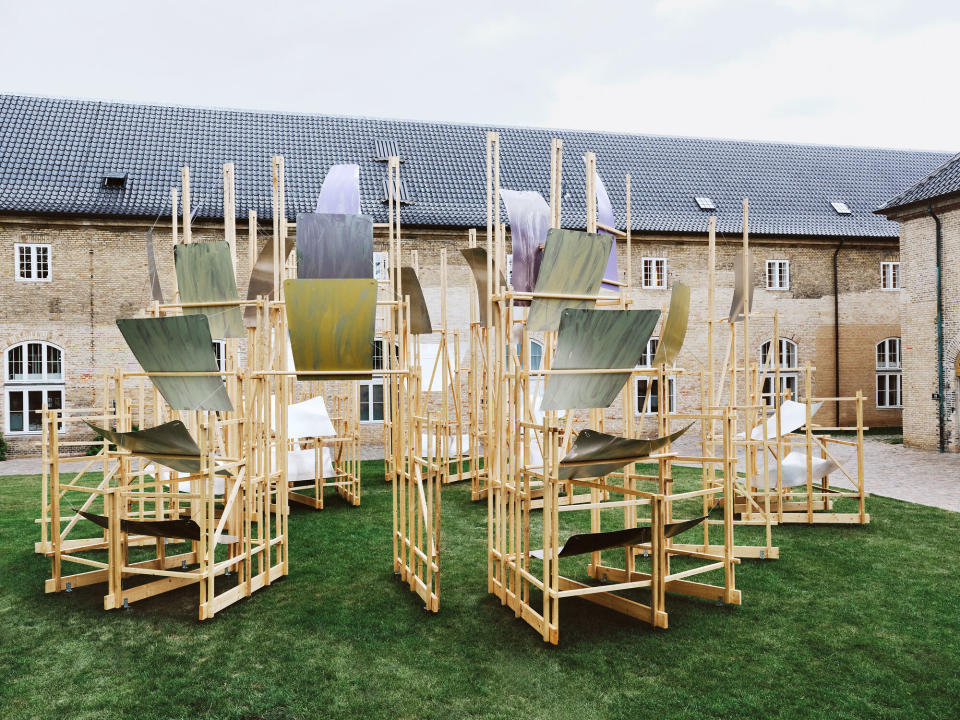
Best of WWD

